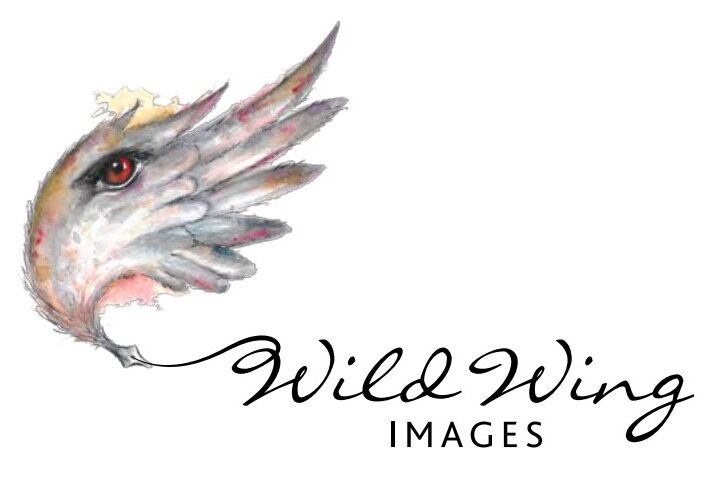Two weeks ago I came across a Bar Tailed Godwit on the sandy point at Alfred Cove early in the morning. I had seen this bird with its distinctive long beak a couple of times before but never this close. The Godwit had teamed up with a Grey Plover and both were walking along the shoreline of the river.
I followed slowly, but they sensed my presence and tensed to take flight..........I was lucky to get a shot of both birds in flight............but not quite quick enough to adjust the f stop and increase my depth of field to get both perfectly in focus.
Still the shot is an interesting one, showing clearly how similar the colours and markings of these different species are. The two species have other things in common, both are migratory waders. The Grey Plover and the Bar Tailed Godwit breed in the Northern Hemisphere on Arctic Islands and along the coastline of Alaska, Canada and Russia. After breeding, birds from both species migrate south generally arriving in Australia from August onwards where they stay until heading April and May when they fly north. It is an epic journey, almost beyond belief, yet undertaken every year by these wonderful little birds.
As both birds took flight they made a wide arc around the bay and came in to land back on the point. By then I had moved back and was standing under a tree nearby, in the perfect position to photograph the Godwit in the dawn sunlight. I was rewarded with a beautiful shot as he took flight, the sun caught the shimmer of his wings highlighting the intricate markings of his feathers, clearly showing the bar pattern along the tail for which the species is named.
I went back to Alfred Cove almost everyday for week but didn't see the Godwit again. I assumed he had left on his long flight North, and wondered how he was going and how far he had got................then, late last week during a quick visit to the River during my lunch hour I spotted him again. This time he was with a group of five Black Winged Stilts all wading together in the shallows. The tide was high so I waded out into the river to get a shot of him and managed to capture the moment he took flight.
Since then I have learned that it is reasonably common for juveniles or young birds to remain in Australia over winter. Perhaps they realise they don't have the reserves to make the long journey or maybe they just got left behind. A final interesting thing about both of these species is their breeding plumage. When they arrive back in their Arctic breeding grounds their everyday feathers are discarded to be replaced with distinctive breeding plumage. The Bar Tailed Godwit turns a rich earthy red colour while the Grey Plover develops black feathers on its breast and belly and black and white speckled feathers on it's back.
Earlier in the year I had photographed a Grey Plover in flight over Alfred Cove. I found the above photos in my archive and noticed that it had a definite patch of black under the wing and highly contrasting patterns which differed to the one I photographed last week. Perhaps the darker markings are remnant of the breeding plumage. With a little research on the internet, I found photographs of both species in full breeding plumage which I have posted below for the purpose of comparison.
Source; http://en.wikipedia.org/wiki/Grey_plover
Source; http://www.broomebirdobservatory.com/flyways/?attachment_id=297
For more detailed information on both species there is a detailed fact-sheet produced by the Australian Government Department of the Environment. To access the fact sheet for each species, click on the links below;










